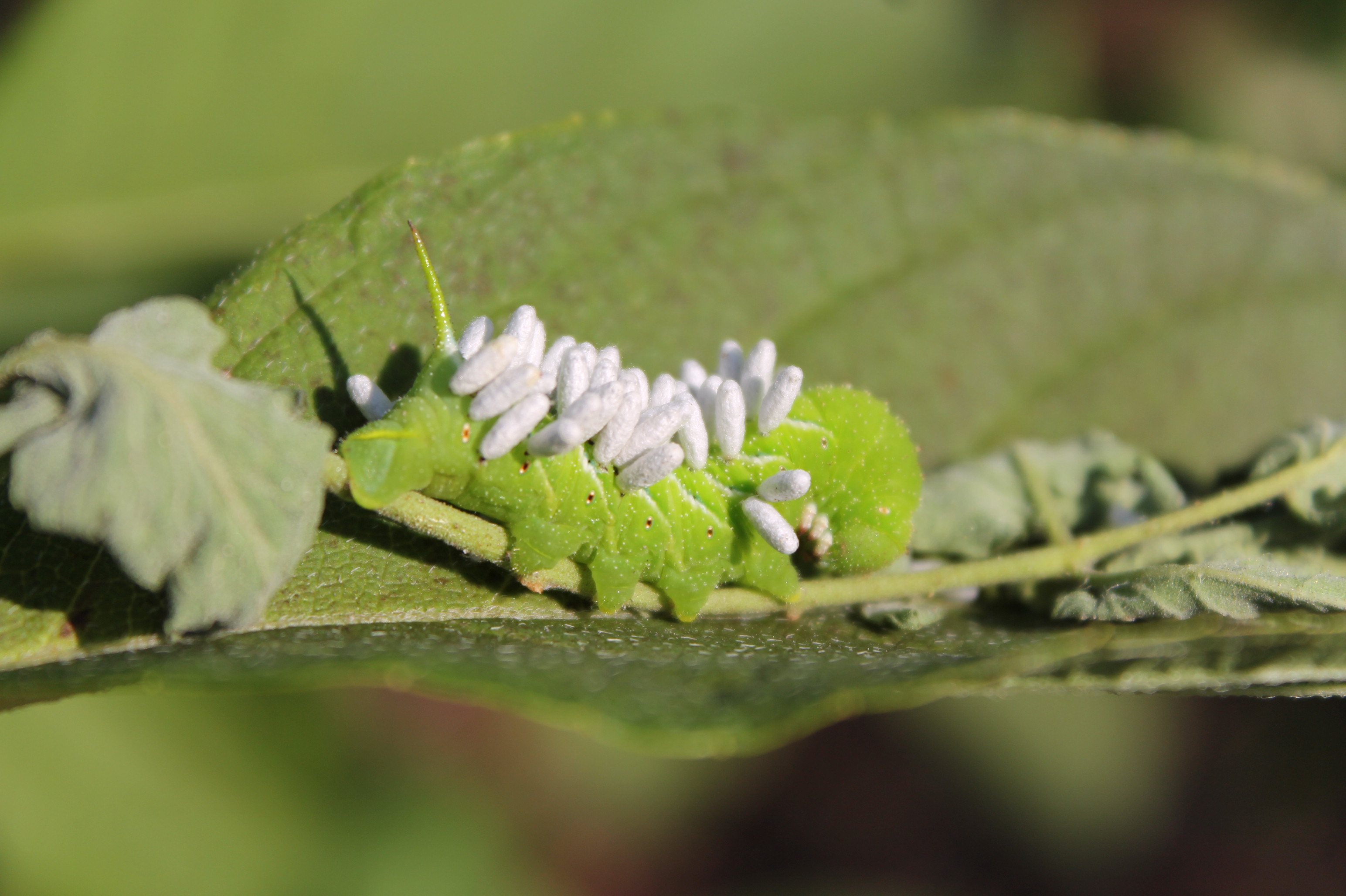Learn to Grow: Caterpillars as Big as Popsicles!
go.ncsu.edu/readext?721195
en Español / em Português
El inglés es el idioma de control de esta página. En la medida en que haya algún conflicto entre la traducción al inglés y la traducción, el inglés prevalece.
Al hacer clic en el enlace de traducción se activa un servicio de traducción gratuito para convertir la página al español. Al igual que con cualquier traducción por Internet, la conversión no es sensible al contexto y puede que no traduzca el texto en su significado original. NC State Extension no garantiza la exactitud del texto traducido. Por favor, tenga en cuenta que algunas aplicaciones y/o servicios pueden no funcionar como se espera cuando se traducen.
Português
Inglês é o idioma de controle desta página. Na medida que haja algum conflito entre o texto original em Inglês e a tradução, o Inglês prevalece.
Ao clicar no link de tradução, um serviço gratuito de tradução será ativado para converter a página para o Português. Como em qualquer tradução pela internet, a conversão não é sensivel ao contexto e pode não ocorrer a tradução para o significado orginal. O serviço de Extensão da Carolina do Norte (NC State Extension) não garante a exatidão do texto traduzido. Por favor, observe que algumas funções ou serviços podem não funcionar como esperado após a tradução.
English
English is the controlling language of this page. To the extent there is any conflict between the English text and the translation, English controls.
Clicking on the translation link activates a free translation service to convert the page to Spanish. As with any Internet translation, the conversion is not context-sensitive and may not translate the text to its original meaning. NC State Extension does not guarantee the accuracy of the translated text. Please note that some applications and/or services may not function as expected when translated.
Collapse ▲The coolest thing about being a Master Gardener℠ volunteer is that friends are always asking you gardening questions. And even if you don’t know how to respond off the top of your head, the Master Gardener℠ volunteer training program teaches you where to find research-based answers to almost any home gardening question.
Like the time my next-door neighbor asked about a problem with a tomato plant in a container. The plant had a normal amount of fruit, but a couple of the green tomatoes had been gnawed. Much of the foliage was gone, and the container had many small pellets at the base of the plants. I noticed some white and black spots on one of the stems, so got out my 16-power magnifying glass to look at these up close and personal. They weren’t moving and didn’t look like insects, so I backed away to get a better overall view.
Whoa. The white and black spots I was looking at were the TEETH of a caterpillar. And it was huge, about the size of a Popsicle. Its color blended in with the tomato plant stem perfectly, and because it wasn’t moving at the time, it was difficult to spot at all. But once we knew what we were looking for, we found several others on the same plant. A bit of research identified the caterpillars as tomato hornworms.
Tomato hornworms feed on tomatoes, eggplant, and peppers. Because their color blends in with the plant’s stems and leaves, they are difficult to spot until a lot of foliage has been removed. Adult hornworms – known as sphinx moths – lay new eggs every day, and can produce up to 2,000 eggs during their short lifespan. The resulting caterpillars can get as big as 4 inches long before they drop to the ground and burrow into the soil. They may overwinter underground, or if the conditions are favorable emerge as moths in as little as a couple of weeks. In this case, a second round of caterpillars is possible in one season.
The simplest method for controlling hornworms is to pick them off by hand and drop them into a bucket of soapy water, and this is usually adequate for home gardens. Use an insecticide only if the infestation is severe, and pay careful attention to the amount of time you have to wait between applying the insecticide and resuming the harvest. And be sure to read and follow all label directions for any chemical you use in the garden (or anywhere around the home.)

A tobacco hornworm loaded down with the cocoons of a beneficial parasitic wasp.
If you find hornworms with small white attachments on their backs, leave the caterpillars alone. The white bumps are parasitic wasp cocoons that feed on caterpillars, eventually causing them to die. When they mature they will hatch from the cocoons and seek new caterpillars to prey upon. The wasps are very small and do not sting people.
Tilling or digging the soil after harvest and leaving it “lumpy” exposes the larvae and may reduce the following year’s hornworm population by as much as 90 percent. My neighbor gave up on controlling the hornworms. Instead, he adopted one as a pet and named him ‘Harry’. This practice is not recommended by NC State University, however.
Learn More!
Jim Janke is a Master Gardener℠ Volunteer in Haywood County. To learn more about IPM, visit the Haywood County website, where you can post your questions via the ‘Ask an Expert’ link or contact the N.C. Cooperative Extension of Haywood County office. For more information on home gardening in general, visit the Extension Gardener website.




